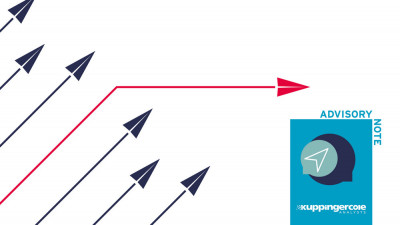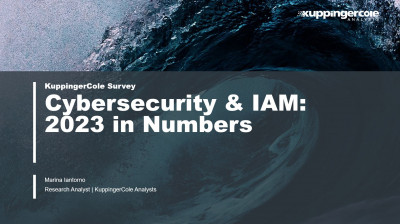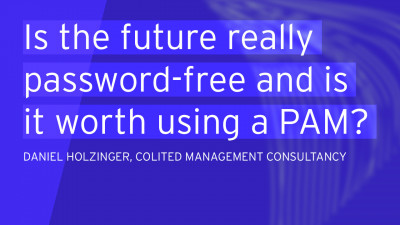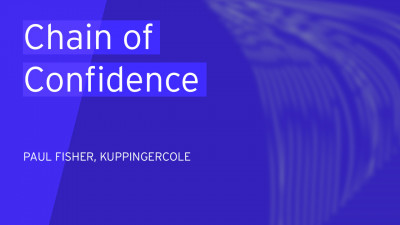1 Introduction / Executive Summary
Zero Trust has emerged as a key concept for modern cybersecurity. Its paradigm of "don't trust, always verify" is the guideline for adopting security solutions with layered security and regular or even continuous verification. Zero Trust is not a product or even a technology – as a concept, it requires a major shift in many aspects of IT and even core business processes of an organization.
At its core, Zero Trust requires rigorous authentication and authorization for every session involving users, devices, systems, applications, networks, and data. But implementing Zero Trust is not just a technology upgrade; it is a comprehensive redesign of cybersecurity architectures that work consistently and holistically across multiple IT environments and systems.
However, numerous organizations encounter the difficulty of not only incorporating the fundamental principles of Zero Trust but also implementing a Zero Trust model tailored to their unique needs and requirements. As a result, organizations must determine their maturity level and define their Zero Trust strategy.
In October 2022, the Department of Defense (DoD) introduced the "DoD Zero Trust Strategy." This document provides an invaluable roadmap and framework, offering organizations a strategic guide to assess and identify their existing maturity level, harmonize their cybersecurity practices with established principles, and create a step-by-step roadmap for the gradual integration of Zero Trust measures.
This model is designed to address the evolving landscape of cybersecurity threats, emphasizing the critical need for a paradigm shift toward a Zero Trust approach. By adopting the DoD Zero Trust Strategy, organizations commit to a journey of continuous improvement. The model is not a static solution architecture but rather a dynamic framework that evolves alongside emerging cyber threats.
Thus, a Zero Trust model must have clear goals, a vision, and a strategy. Once these components are in place, policies, processes, and organizational components must be followed. The model should prioritize practicality over unnecessary intricacy, focusing on incremental implementations that leverage existing tools and technologies. The emphasis is not on adding complexity, but on maintaining business continuity while strengthening security postures.
This Advisory Note will introduce the fundamental components of Zero Trust, delve into the DoD Zero Trust model, and provide a practical approach to bridge the gap between theory and implementation, emphasizing the five and two support pillars of Zero Trust. In addition, the report will uncover strategies associated with adopting Zero Trust, providing valuable insights and recommendations.
















































